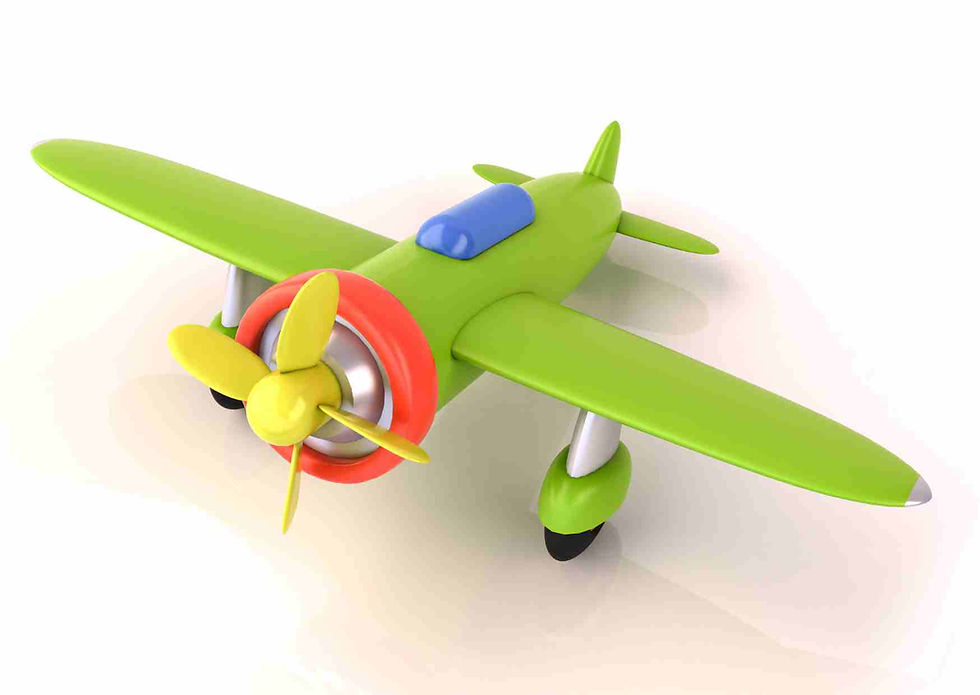"HIGH-TECH DASHBOARDS - NAVIGATING THE FUTURISTIC INFOTAINMENT SYSTEMS": DE MODE GLOBAL
- DE MODE

- Aug 14, 2023
- 4 min read
Updated: Aug 21, 2023
ORIGINALLY PUBLISHED IN DE MODE | AUTOMOTIVE
Article Published on: 14TH AUG 2023 | www.demodemagazine.com
The automotive landscape is undergoing a transformation, and at the heart of this evolution lies the dashboard – once a utilitarian control panel, now a hub of cutting-edge technology and connectivity. Modern vehicles boast high-tech dashboards that are a testament to the rapid advancements in infotainment systems. These futuristic interfaces have revolutionized the way we interact with our cars, blending convenience, entertainment, and safety in ways that were once unimaginable. Navigating these sophisticated dashboards is not just about controlling the vehicle; it's a journey into the future of automotive experiences.
From Buttons to Touchscreens: The Evolution of Dashboards The journey from the humble buttons and knobs of yesteryears to the sleek touchscreens of today's dashboards is a remarkable one. As technology has advanced, so too has our desire for seamless integration and intuitive interaction. The result is a dashboard that resembles something out of a science fiction movie – a digital canvas that responds to our touch and voice, providing an array of features and information at our fingertips.

Infotainment at Your Fingertips: The Touchscreen Revolution The centerpiece of modern dashboards is undoubtedly the touchscreen infotainment system. These large, high-resolution displays serve as the command center for a wide range of functions. From controlling audio and climate settings to accessing navigation, smartphone integration, and vehicle diagnostics, touchscreens have consolidated various controls into a sleek and user-friendly interface.
The beauty of touchscreen systems lies in their adaptability. Manufacturers can update and improve functionalities through over-the-air software updates, ensuring that the dashboard remains relevant even after the vehicle leaves the showroom. However, the challenge lies in balancing complexity with simplicity – designing interfaces that are intuitive and distraction-free.
Smartphone Integration: Bridging the Digital Gap In an age where smartphones are an integral part of our lives, it was only a matter of time before they found their way into our vehicles. Smartphone integration systems like Apple CarPlay and Android Auto seamlessly connect our phones to the car's infotainment system, allowing us to access navigation, music, messages, and apps with minimal distraction.
The integration goes beyond convenience; it's also a safety feature. By allowing drivers to interact with their smartphones using voice commands or steering wheel controls, these systems help reduce the temptation to pick up the phone while driving. The dashboard becomes an extension of the smartphone, providing a consistent and familiar user experience.
Voice Recognition: Talking to Your Car Voice recognition technology has come a long way, and it's now a staple in many high-tech dashboards. Drivers can use voice commands to control various functions without taking their hands off the wheel or their eyes off the road. From making phone calls to adjusting climate settings and even asking for directions, voice recognition enhances safety and convenience.
However, perfecting voice recognition remains a challenge. Accents, background noise, and complex commands can still pose difficulties for these systems. Manufacturers are constantly refining their algorithms to improve accuracy and make voice interaction as seamless as possible.
Augmented Reality: A Window to the Future The integration of augmented reality (AR) into dashboards takes the driving experience to a new level. AR overlays digital information onto the real-world view through the windshield, providing drivers with contextual information without diverting their attention from the road. For example, AR navigation systems can project directional arrows onto the road, helping drivers navigate complex intersections with ease.
This technology isn't limited to navigation; it can also enhance driver assistance systems. AR displays can highlight potential hazards, display information about other vehicles, and even assist in parking maneuvers. As AR technology continues to mature, we can expect to see even more innovative applications that enhance both safety and driving enjoyment.

Customization: Tailoring the Experience One of the most exciting aspects of high-tech dashboards is the ability to customize the driving experience. Drivers can personalize their dashboards by rearranging widgets, choosing color schemes, and selecting preferred information displays. This level of customization allows each driver to create a dashboard that suits their preferences and needs, ensuring a truly individualized driving experience.
Additionally, manufacturers are incorporating artificial intelligence (AI) algorithms that learn from driver behavior and adjust settings accordingly. For example, the AI might learn when you typically use certain features or take certain routes and proactively suggest adjustments to improve efficiency or comfort.
Challenges and Considerations While high-tech dashboards offer numerous benefits, they also pose challenges. The increasing complexity of these systems can lead to information overload and distraction. As drivers are presented with more options and features, the risk of diverted attention from the road increases. Manufacturers must strike a balance between offering advanced features and ensuring that drivers remain focused on driving.
Moreover, ensuring cybersecurity is a critical concern. As vehicles become more connected, they also become more vulnerable to hacking and cyberattacks. Manufacturers need to implement robust security measures to protect both the vehicle's systems and the personal data of its occupants.
Driving into the Future: The Evolution Continues As technology continues to advance, so too will the capabilities of high-tech dashboards. Concepts like fully autonomous driving will reshape the dashboard's purpose, transforming it into a space for relaxation, work, or entertainment. The integration of sensors, cameras, and AI will enable the dashboard to adapt to driver preferences, monitor health conditions, and even predict potential hazards.

In conclusion, high-tech dashboards have redefined the driving experience, bringing a blend of convenience, entertainment, and safety to our fingertips. Navigating these futuristic interfaces requires a balance between innovation and user-friendly design. As the automotive industry hurtles towards a future of electrification, autonomy, and connectivity, the dashboard remains at the forefront of this evolution – a canvas that reflects the boundless potential of technology and our enduring fascination with the road ahead.



Comments